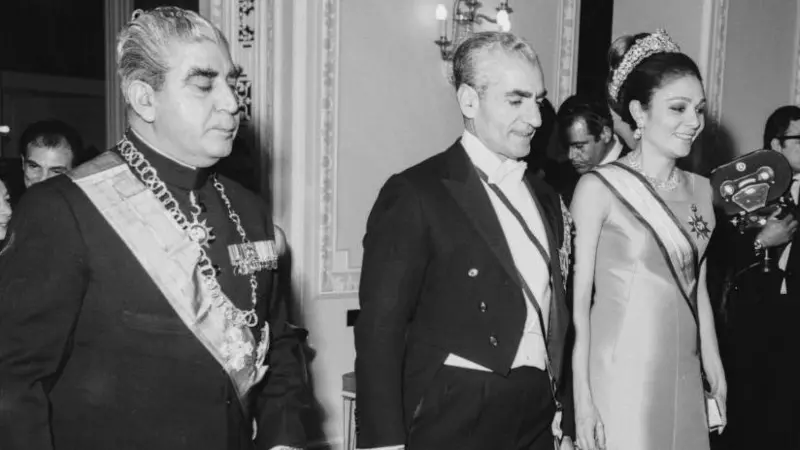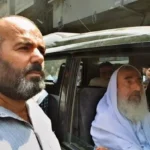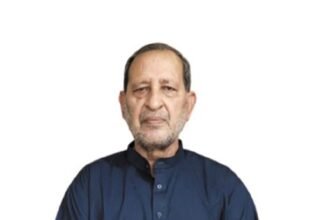The 2,500-Year History of the Persian Empire and the ‘Restlessness’ of Yahya Khan During Iran’s Last Queen’s Birthday Celebration
-
The Shah’s Grand Celebration: 2,500 Years of the Persian Empire and Farah Pahlavi’s Birthday
-
Yahya Khan’s ‘Restless’ Moment During the Persian Empire’s Anniversary Gala
-
Extravagance in the Desert: How the Shah Celebrated Iran’s 2,500th Anniversary
-
The Political Fallout of Iran’s Lavish 1971 Celebration: A Prelude to Revolution
-
Dignitaries, Opulence, and Embarrassing Incidents: Inside Iran’s Last Grand Royal Event
The birthday of Shah Mohammad Reza Pahlavi’s wife, Farah Pahlavi, celebrated on October 14, 1971, marked the final major event of the 2,500th-anniversary celebrations of the Persian Empire’s establishment.
The Shah organized his wife’s birthday celebration near the tomb of Cyrus the Great, the first king of Persia, at the site of Persepolis.
After the five-and-a-half-hour-long ceremony ended, Pakistani President Yahya Khan, along with other royal guests, was waiting for his car to return.
This was a time when Mohammad Reza Pahlavi had been in power for 18 years and was taking steps to modernize Iran. However, historian Josh West notes that “there were no civil liberties during that period.”
According to Josh West, “by 1971, Iran had the highest number of political prisoners and executions in the world. More than half the population was poor. Basic infrastructure in cities and essential services like water, education, and healthcare were lacking in rural areas. Yet, the Shah wanted to portray himself as the ‘new Cyrus.'”
The purpose of the celebration was to showcase Iranian history, style, and culture, but the Shah insisted on hiring ‘world-class’ artisans instead of Iranian craftsmen.
Farah Pahlavi expressed her discontent about this in her memoirs.
She wrote, “It was against my Iranian sense of taste that contracts were made with foreign suppliers when we could have used Iranians in some places. I was told that European expertise was essential.”
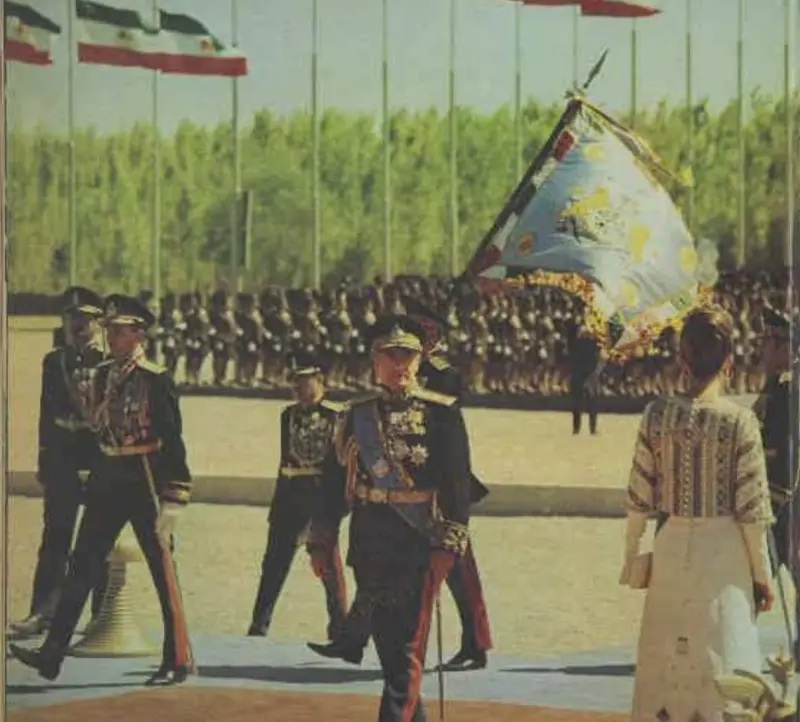
‘Paris Companies Earned $18 Million’
Josh West writes in an article that “for the three-day celebration, the Shah decided to create an oasis in the middle of the desert. Fifteen thousand trees and 15,000 flower plants were imported from all over Europe. While the rest of Iran was suffering from severe drought, massive amounts of water were being used for this place. Even the gardener of Versailles was assigned to create a fragrant rose garden.”
“To protect guests from stings or bites, thousands of scorpions and snakes in the 30-kilometer area were either captured or exterminated by spraying poison from aircraft. In their place, 50,000 songbirds, including 20,000 Spanish sparrows, were imported from Europe. However, many died in the extreme temperatures of the Iranian desert.”
He further writes that “to transport food and supplies to the middle of the Iranian desert, an entire airport was built in Shiraz, and a 100-kilometer road connecting it to Persepolis was constructed, with checkpoints every few meters. The road was lined with cedar trees by the Ministry of Agriculture, and the oil company lit torches.”
Among the guests were presidents from 18 countries, eight kings, and an emperor. They were transported to Persepolis in a fleet of 250 bulletproof Mercedes-Benz limousines.
The Iranian Air Force took six months to transport over 18 tons of food items.
The logistics for the events were managed by Paris luxury retailers. “More than fifty tents were designed by Maison Jensen and constructed by Lanvin.”
According to Josh West, “hundreds of French designers and builders spent a year building these tents at an airstrip outside Paris. Each was fully air-conditioned, containing two bedrooms, two bathrooms, a lounge, a kitchen, and a full staff.”
The tents were arranged along five paths emanating from a central fountain in Persepolis, representing the five continents. A ‘Tent of Honor’ was designated for the Shah and Queen Farah to greet their guests. The banquet tent was the largest, featuring a complete 18-hole golf course. One tent had 16 hair salons and four beauty parlors (featuring Paris stylists Carita and Alexandre), while another contained a bar, cabaret suite, and even a secret gambling room.
“Food was provided by Maxim’s. The restaurant was closed for two weeks because they had sent their 165 chefs to Iran. All towels and linens were from D. Porthault. In this way, various Paris firms earned about $18 million.”
Yahya Khan’s ‘Restlessness,’ the Royal Guests Turned Away
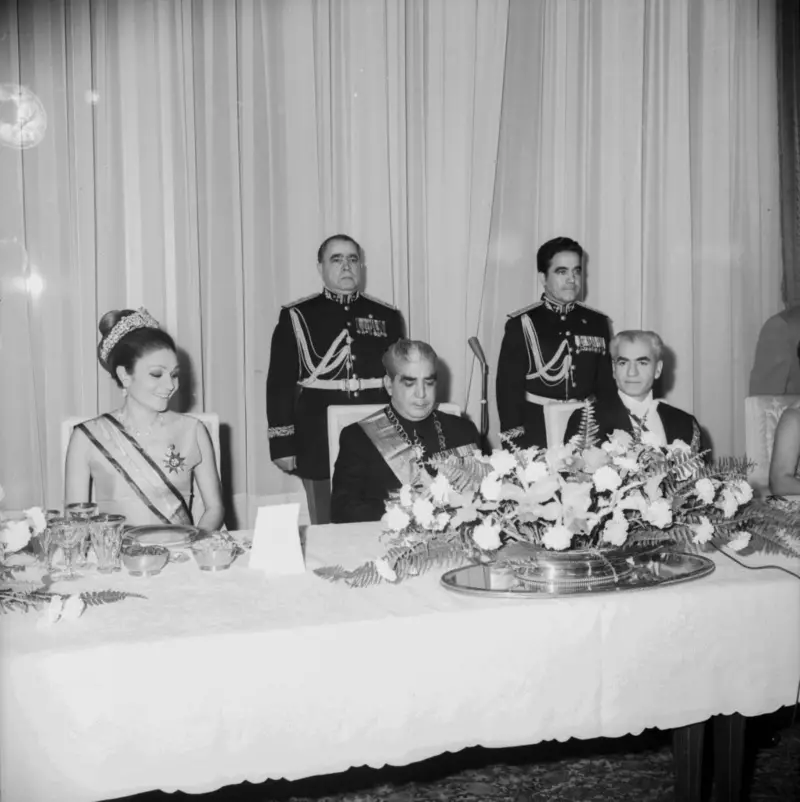
The celebrations began on October 12 with a tribute to Cyrus the Great at his tomb. Accompanied by Farah Pahlavi and Crown Prince Reza, the Shah delivered a passionate speech, addressing the spirit of Cyrus, saying, “Rest, for we are awake and shall remain ever vigilant.”
Guests continued to arrive that afternoon and for the next two days.
On the evening of October 14, while celebrating Farah Pahlavi’s birthday, the Shah hosted one of the most extravagant dinners in modern history. The table, shaped like a snake, was 70 meters long, and it took six months for 150 women to embroider the tablecloths.
After the banquet, the guests stood ready to go to the ruins of Persepolis for a grand sound and light show.
Mukhtar Masood, in his book *Loh-e-Ayyam*, describes an incident through a naval officer present at the event, recounting how, after a night of drinking, the banquet ended.
“President Yahya Khan was waiting restlessly for his car amidst the crowd of guests at the door, hands in his pockets. When he realized that the line of cars was too long and slow-moving, and he would have to wait for a while, he became anxious and started looking around.”
Masood writes, “Lights here, lights there. Cameras everywhere, guests’ eyes watching. Near the main entrance of the tent was a small patch of grass with tiny palm plants, each with a security guard hidden behind it.”
“Yahya Khan deserves some credit. Despite his weak bladder, he had strong nerves. As soon as things reached the limit of tolerance, he calmly strolled onto the patch of grass.”
According to Masood, “He turned towards a palm, unbuttoned his trousers, and began watering it. Other than a plant of grief, which plant could flourish from such irrigation? The royal guests turned away in shock. The Pakistani staff was utterly embarrassed, and this water was neither pure nor clean.”
But this was not the only incident.
Masood writes that at a reception, President Yahya Khan and Princess Grace of Monaco were seated on the same sofa.
“The princess’s dress was open at the top, revealing her shoulder. President Yahya wanted to feel if the skin of the former Hollywood star Grace Kelly was indeed as smooth and soft as it appeared, or if his eyes were deceived by intoxication.”
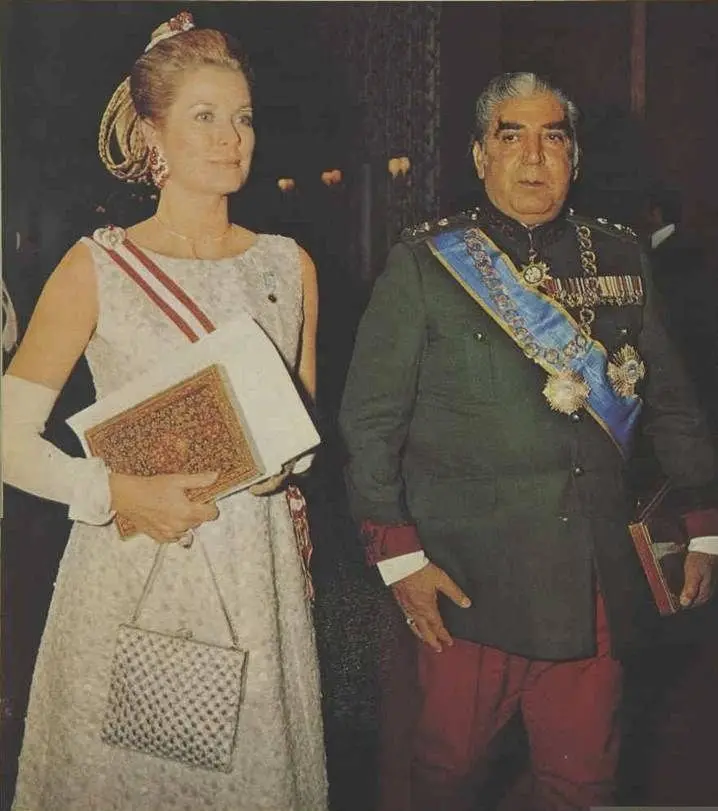
Tensions Between Yahya Khan and the Soviet Union’s President
Masood notes that autumn was at its peak in Pakistan when these celebrations took place.
“Half of the garden (East Pakistan) was burning to ashes. President and Chief Martial Law Administrator Yahya Khan showed no concern, standing—or rather lying—with his back to history.”
Masood writes, “For him, every day was Eid, and every night was Shab-e-Barat. The reputation he left behind in that tent village is horrifying.”
Indian President V.V. Giri attended the event, while Prime Minister Indira Gandhi was touring the Soviet Union, Germany, France, the UK, Belgium, and the US to garner international support.
Masood writes, “There were several heads of state and government present who wanted to advise the Pakistani President on the rapidly deteriorating situation in East Pakistan.”
Sardar Muhammad Chaudhry, in his book *The Ultimate Crime*, mentions that in a letter, Soviet President Podgorny urged Yahya Khan to seek a political solution, but he refused to listen.
He writes, “At Persepolis, Yahya jabbed his stick into Podgorny’s stomach, saying, ‘Mr. President, how dare you write me this letter?'”
Benazir Bhutto, in her book *Foreign Policy in Perspective*, writes that tensions flared between Pakistan and the Soviet Union at Persepolis, with heated exchanges between General Yahya Khan and Soviet President Podgorny.
According to Masood, “President Yahya Khan was in a terrible state… When the host tried to talk, he rebuked him. He swallowed Podgorny’s threat. He could not get ready on time to meet the Yugoslavian President and the leader of the Non-Aligned Movement.”
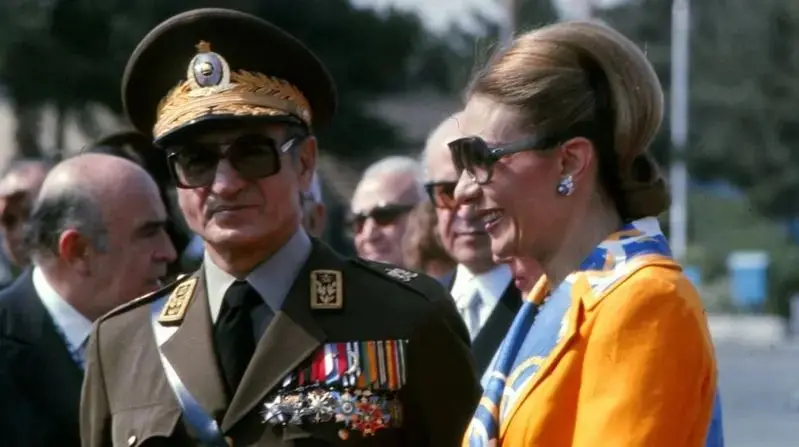
The ‘Greatest Gathering of the Century’ in Iran but ‘End of the Monarchy’
On October 15, 1971, a parade showcased 2,500 years of Persian history. Many guests departed on October 16, and those remaining were taken to Tehran for three more days of celebrations.
Historian Josh West states that in terms of international prestige, the party certainly achieved what the Shah desired. The world was undoubtedly impressed. *Time* magazine called it “the greatest gathering of the century.”
He writes, “But the Iranian people, whose opinions truly mattered, were angry and outraged. A Muslim cleric, Ruhollah Khomeini, then exiled in Iraq, called it ‘Satan’s festival’ and the most destructive of the Shah’s many ‘shameful festivals.'”
Estimates of the total cost of the celebrations varied.
West writes, “Time magazine estimated it at $100 million (equivalent to $635 million today), while *Le Figaro* doubled it to $200 million (equivalent to $1.2 billion today), whereas the Iranian press argued that the cost was no less than $500 million (equivalent to $3 billion today). The Shah reported official figures of just $16.8 million (equivalent to $112 million today), claiming that guest donations helped build 3,200 rural schools.”
He adds, “Whatever the financial cost, the real price the Shah had to pay for this party was his crown.”
West writes, “There were protests against the celebration throughout the 13 months of preparations. Thousands of political activists
students, workers, and religious leaders—were arrested. Hundreds of mosques, shrines, and other places of worship became places for Islamic revolutionaries to spread Khomeini’s message. With no outlet for opposition, dissatisfaction grew to the point where Iran was no longer divided between rich and poor, Western-educated and traditional, pro and anti-Shah, but only between those who wanted to destroy the monarchy and those willing to fight to defend it.”
In January 1979, eight years after this celebration, the monarchy ended.




